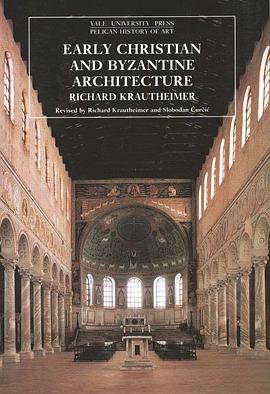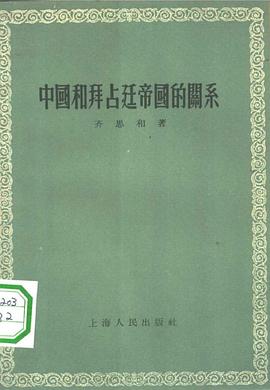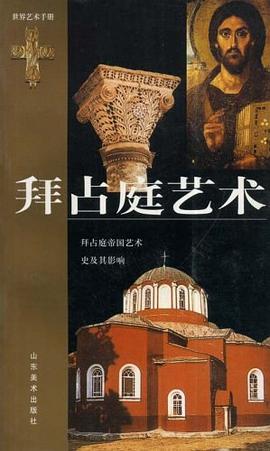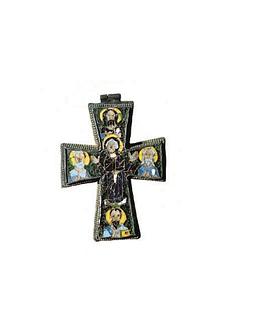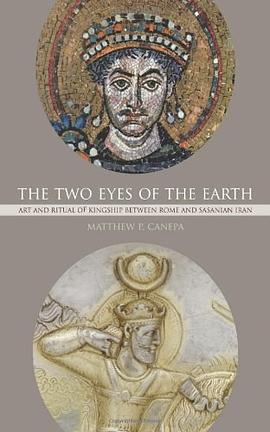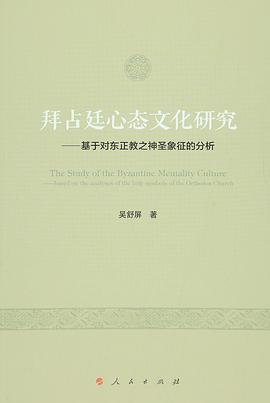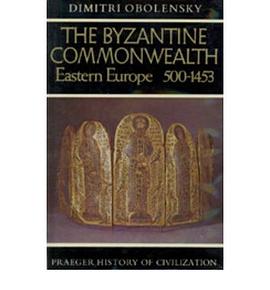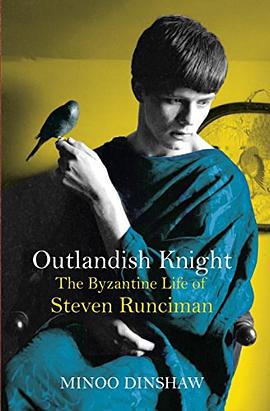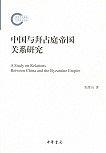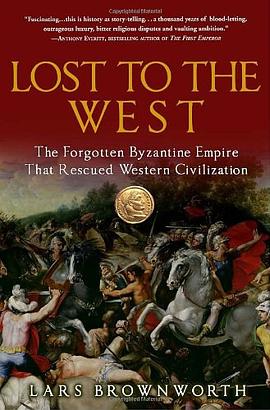

具体描述
In AD 476 the Roman Empire fell–or rather, its western half did. Its eastern half, which would come to be known as the Byzantine Empire, would endure and often flourish for another eleven centuries. Though its capital would move to Constantinople, its citizens referred to themselves as Roman for the entire duration of the empire’s existence. Indeed, so did its neighbors, allies, and enemies: When the Turkish Sultan Mehmet II conquered Constantinople in 1453, he took the title Caesar of Rome, placing himself in a direct line that led back to Augustus.
For far too many otherwise historically savvy people today, the story of the Byzantine civilization is something of a void. Yet for more than a millennium, Byzantium reigned as the glittering seat of Christian civilization. When Europe fell into the Dark Ages, Byzantium held fast against Muslim expansion, keeping Christianity alive. When literacy all but vanished in the West, Byzantium made primary education available to both sexes. Students debated the merits of Plato and Aristotle and commonly committed the entirety of Homer’s Iliad to memory. Streams of wealth flowed into Constantinople, making possible unprecedented wonders of art and architecture, from fabulous jeweled mosaics and other iconography to the great church known as the Hagia Sophia that was a vision of heaven on earth. The dome of the Great Palace stood nearly two hundred feet high and stretched over four acres, and the city’s population was more than twenty times that of London’s.
From Constantine, who founded his eponymous city in the year 330, to Constantine XI, who valiantly fought the empire’s final battle more than a thousand years later, the emperors who ruled Byzantium enacted a saga of political intrigue and conquest as astonishing as anything in recorded history. Lost to the West is replete with stories of assassination, mass mutilation and execution, sexual scheming, ruthless grasping for power, and clashing armies that soaked battlefields with the blood of slain warriors numbering in the tens of thousands.
Still, it was Byzantium that preserved for us today the great gifts of the classical world. Of the 55,000 ancient Greek texts in existence today, some 40,000 were transmitted to us by Byzantine scribes. And it was the Byzantine Empire that shielded Western Europe from invasion until it was ready to take its own place at the center of the world stage. Filled with unforgettable stories of emperors, generals, and religious patriarchs, as well as fascinating glimpses into the life of the ordinary citizen, Lost to the West reveals how much we owe to this empire that was the equal of any in its achievements, appetites, and enduring legacy.
作者简介
Lars Brownworth created the genre-defining "12 Byzantine Rulers" podcast, which prompted the New York Times to liken him to some of history's great popularizers. Recently, he authored "Lost to the West: The Forgotten Byzantine Empire That Rescued Western Civilization". He speaks at various conferences and is currently working on a new podcast that brings to life the reign of the Normans.
Lars Brownworth
http://larsbrownworth.com/
Finding History Blog:
http://larsbrownworth.com/blog/
Podcasts:
http://12byzantinerulers.com/
http://normancenturies.com/
目录信息
读后感
我初次接触到有关拜占庭的故事是在长岛北岸一片风光宜人的盐沼滩上。当时我在此处稍歇,阅读一本名字简单扼要的书——《最后的罗马帝国》,准备追溯那些耳熟能详的内容,黑暗时代的文明没落、野蛮横行。然而,闲适地倚靠着我最喜爱的树木,我恍然发现自己眼前浮现出一幅绝美画...
评分拜占庭长久以来对伊斯兰世界的抵抗最终以失败告终,但君士坦丁堡的宏伟城墙已经延缓了伊斯兰大军进军欧洲的脚步长达800余年,为西方争取的前进发展所需要的宝贵时间。 拜占庭难民涌入欧洲,带来了希腊与罗马文明残留的璀璨瑰宝,导致著名的文艺复兴。在这一阶段,西欧世界重新...
评分在亚马逊推荐上看到这本《拜占庭帝国》,就想入手一本。怎说大学里也上过西方通史课,但课堂主角总不会是这个东部的罗马帝国。公元476年,西罗马被蛮族灭亡,而后的课程,就是讲丕平献土,800年查理曼被教皇加冕皇冠。而存续了千年之久的拜占庭帝国,永远是西方主流历史叙事下...
评分终于消灭了《拜占庭帝国》,作者写得好,而且翻译的也有水准,朗读起来,不吃力。虽然去过土耳其,但是对土耳其的历史只知道皮毛,完全不知道伊斯坦布尔是世界的中心好几百年。一代代的君主和将军诸如,君士坦丁,查士丁尼,贝利撒留,希拉克略,狄奥多西造就了拜占庭帝国的辉...
评分用户评价
详尽的,对东罗马帝国(拜占庭王国)国王更替直到灭亡的记叙。
评分类似于高中读物
评分类似于高中读物
评分详尽的,对东罗马帝国(拜占庭王国)国王更替直到灭亡的记叙。
评分类似于高中读物
相关图书
本站所有内容均为互联网搜索引擎提供的公开搜索信息,本站不存储任何数据与内容,任何内容与数据均与本站无关,如有需要请联系相关搜索引擎包括但不限于百度,google,bing,sogou 等
© 2025 book.wenda123.org All Rights Reserved. 图书目录大全 版权所有


